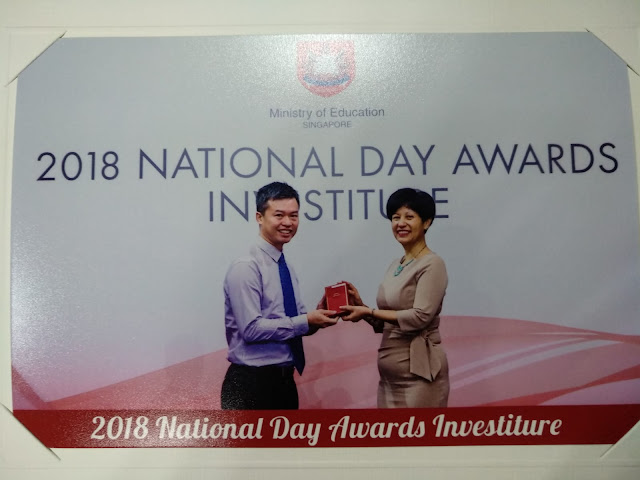Overview:
This briefing document summarizes the key themes and important information found within the provided excerpts. The first source details the recognition of the "Open Educational Resources / Open Source Physics @ Singapore" initiative through the 2018 National Day Awards Commendation Medal. It highlights the purpose and criteria for this national award and showcases the extensive collection of open-source educational resources developed under this project. The second source identifies the creators and licensing information for a specific educational resource, the "Production Possibilities Curve" simulation.
Main Themes and Important Ideas:
1. Recognition of Open Educational Resources Initiative:
- The "Open Educational Resources / Open Source Physics @ Singapore" project received the National Day Awards Commendation Medal in 2018. This award recognizes individuals who have "distinguished himself through commendable performance and conduct, or significant efficiency, competence and devotion to duty."
- Mr. Wee Loo Kang Lawrence, a Senior Specialist in the Educational Technology Division at MOE, was specifically mentioned in connection with this Commendation Medal.
- The inclusion of this news on the project's website signifies the importance and impact of their work in the field of education.
2. Scope and Nature of Open Educational Resources:
- The website features a vast collection of interactive simulations and applets, primarily developed using JavaScript and HTML5.
- These resources cover a wide range of subjects, including physics, mathematics, and even some chemistry and other related topics. Examples include simulations on topics like "O level Chemical Covalent Bonding Dot and Cross Diagrams," "Spinning Gyroscope," "Single Slit Diffraction Model," "Projectile Motion," "Electromagnetism," "Waves," "Optics," "Calculus," "Fractals," and various mathematical concepts and games.
- The resources are designed to be interactive, allowing students to engage with and explore complex concepts visually.
- Many resources are explicitly tagged as "PICUP" (Physics Interactive Curricular Units Project), indicating their potential use in physics education.
- The platform also hosts materials related to educational technology conferences and symposiums, such as the "International Conference on Teaching and Learning with Technology (iCTLT) 2018" and ICT Symposiums.
3. Open Source Nature and Licensing:
- The name of the project itself, "Open Educational Resources / Open Source Physics @ Singapore," underscores its commitment to providing freely accessible and modifiable educational materials.
- The website footer explicitly states: "Contents are licensed Creative Commons Attribution-Share Alike 4.0 Singapore License." This allows for the sharing and adaptation of the resources, provided appropriate credit is given and any derivative works are shared under a similar license.
- A separate note addresses the commercial use of the "EasyJavaScriptSimulations Library," directing users to a specific license and contact information, suggesting that while the educational content is open, the underlying development library might have specific commercial usage terms.
4. Collaborative Development and Attribution:
- The excerpt for the "Production Possibilities Curve" clearly identifies the individuals involved in its creation: "This email address is being protected from spambots. You need JavaScript enabled to view it.; Francisco Esquembre; Félix J. García Clemente; based on ideas by Evan Yeo."
- It also mentions the software used for compilation: "Compiled with EJS 6.0_beta (180814)."
- This highlights the collaborative nature of developing these open educational resources and the importance of proper attribution.
- The "Production Possibilities Curve" simulation is also explicitly stated to be "Released under a license," reinforcing the open nature of the resources, although the specific license is not detailed in this excerpt.
Key Quotes:
- Regarding the Commendation Medal: "The Medal may be awarded to any of the following persons who has distinguished himself through commendable performance and conduct, or significant efficiency, competence and devotion to duty..." (from the description of the Commendation Medal).
- Regarding the licensing: "Contents are licensed Creative Commons Attribution-Share Alike 4.0 Singapore License ." (from the website footer).
- Regarding the "Production Possibilities Curve": "© 2018, This email address is being protected from spambots. You need JavaScript enabled to view it.; Francisco Esquembre; Félix J. García Clemente; based on ideas by Evan Yeo. Compiled with EJS 6.0_beta (180814) Released under a license."
Conclusion:
The "Open Educational Resources / Open Source Physics @ Singapore" initiative represents a significant contribution to educational technology, evidenced by the 2018 National Day Awards Commendation Medal. The platform provides a rich and diverse collection of interactive, open-source simulations and resources for teaching and learning, primarily in physics and mathematics. The clear licensing under Creative Commons promotes the sharing and adaptation of these materials, fostering a collaborative environment for educational innovation. The development of specific resources like the "Production Possibilities Curve" underscores the collaborative efforts and the use of specialized tools in creating these valuable educational assets.
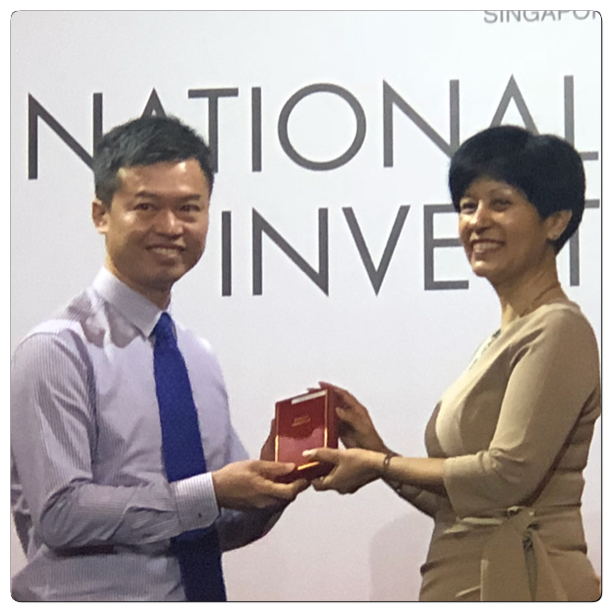 |
| from Dr Shirleen Chee |
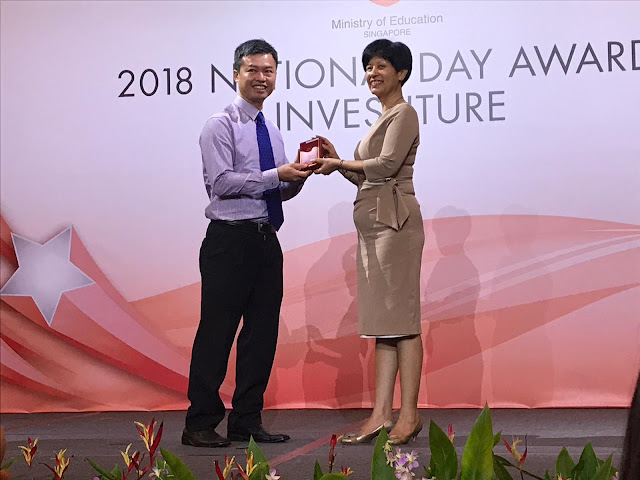 |
| from Aaron Loh |
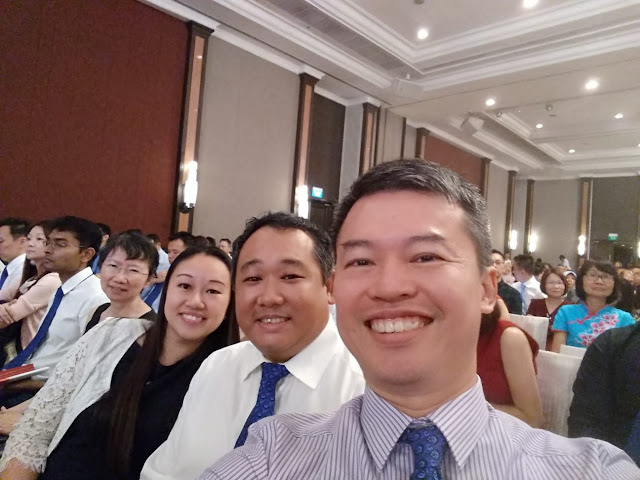 |
| wefie of the group for commendation |
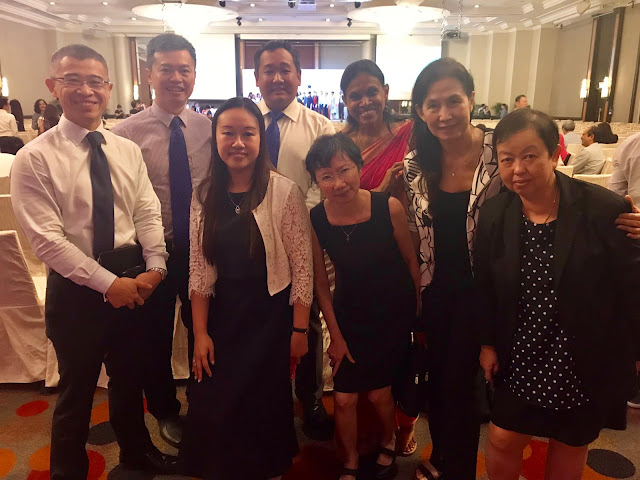 |
| group photo of the awardees. Long Service, Efficiency, Commendation |
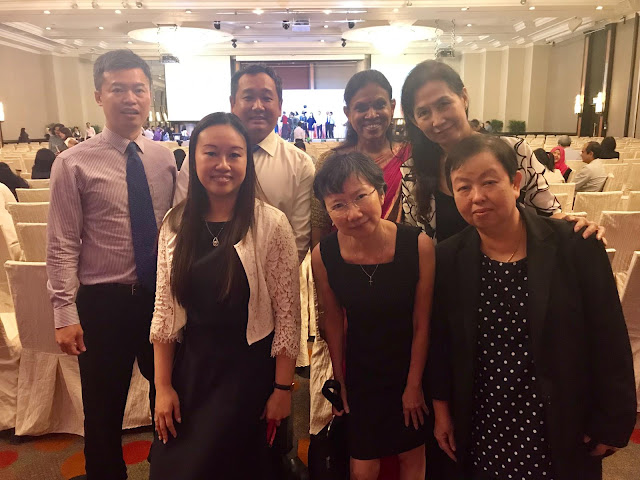 |
| group photo of the awardees. Long Service, Efficiency, Commendation |

https://www.pmo.gov.sg/national-day-awards/recipients?f[0]=field_award%3A149&f[1]=field_year%3A2018

news paper from szu chuang
Commendation Medal
Mr Wee
Loo Kang Lawrence
黄如刚
Senior Specialist, Technologies for Learning
Educational Technology Division
Technologies for Learning, ETD, MOE
 |
| http://www.pmo.gov.sg/nationaldayawards/informationonmedals/commendation-medal-pingat-kepujian |
The Medal may be awarded to any of the following persons who has distinguished himself through commendable performance and conduct, or significant efficiency, competence and devotion to duty:
a. any public officer;
b. any officer employed by any statutory authority (other than a Town Council);
c. any person in the service of any organisation, association or body rendering services in the field of education; or
d. any person employed in any company which is wholly-owned by the Government and which is carrying on business mainly as an agent or instrumentality of the Government
The Medal consists of a silver disc embellished with a laurel wreath along its rim. On the obverse side is a shield bearing a crescent and 5 stars encircled by a laurel wreath. The reverse side of the Medal bears the State Arms and name of the Medal.
The Medal is to be worn on the left side of the outer garment suspended by a ribbon. The ribbon is red with a grey centre band flanked on each side by a grey stripe.
Frequently Asked Questions about Open Educational Resources / Open Source Physics @ Singapore
1. What is Open Educational Resources / Open Source Physics @ Singapore?
Open Educational Resources / Open Source Physics @ Singapore is a platform that provides a collection of freely accessible teaching and learning materials, particularly interactive simulations and applets, focused on physics and mathematics. The resources are developed using open-source tools like JavaScript and HTML5, making them accessible across various devices without the need for specialized software. The project has been recognized for its contributions to education, as evidenced by the 2018 National Day Awards Commendation Medal.
2. What types of resources are available on this platform?
The platform hosts a wide array of interactive simulations and applets covering various topics in physics and mathematics. Examples include simulations for O-level chemistry (covalent bonding), prime number games, gyroscope motion, vector addition, single-slit diffraction, oscillations of a boat, radioactive decay, sound analysis, symmetry concepts, polarization, determinants of matrices, prime number generation, greatest common divisors, and many more advanced physics and mathematical concepts like wave phenomena, electromagnetism, mechanics, calculus, and even fractals. There are also resources like interactive games and tools for exploring mathematical concepts such as symmetry and optimization.
3. Who develops and maintains these open educational resources?
The resources are developed and maintained by individuals like Mr. Wee Loo Kang Lawrence (who received the Commendation Medal in 2018 for his work in this area as a Senior Specialist in the Educational Technology Division, MOE) and collaborations with others, including Francisco Esquembre and Félix J. García Clemente, with contributions based on ideas from individuals like Evan Yeo. The platform itself acknowledges contributions from various individuals in the creation of specific simulations.
4. For whom are these resources intended?
These resources appear to be primarily intended for educators and students in Singapore, as indicated by the affiliation with the Ministry of Education (MOE) and the context of the National Day Awards. However, given their open nature and accessibility through web browsers, they can potentially benefit anyone interested in learning or teaching physics and mathematics globally. The range of topics, from basic to more advanced, suggests applicability across different educational levels.
5. How accessible and usable are these resources?
The resources are highly accessible as they are developed using web-based technologies like JavaScript and HTML5. This means they can be accessed through standard web browsers on various devices, including computers, tablets, and smartphones, without the need for additional plugins or software installations. The platform also includes features like a search bar and tags to help users find relevant materials.
6. Are these resources free to use? What are the licensing terms?
Yes, the content on the Open Educational Resources / Open Source Physics @ Singapore platform is explicitly stated to be licensed under the Creative Commons Attribution-Share Alike 4.0 Singapore License. This type of license generally allows for free use, adaptation, and sharing of the materials, as long as attribution is given to the original creators and any derivative works are shared under a similar license. There is a separate note regarding the commercial use of the EasyJavaScriptSimulations Library, which requires reading specific licensing terms and potentially contacting This email address is being protected from spambots. You need JavaScript enabled to view it..
7. How does this initiative contribute to education?
This initiative contributes significantly to education by providing educators and students with free, interactive, and engaging learning materials. The use of simulations allows for a more hands-on and visual approach to understanding complex concepts in physics and mathematics. The recognition through the National Day Awards highlights the value placed on such open educational resources in enhancing teaching and learning within Singapore's education system. The project also fosters collaboration and sharing of educational materials.
8. Can the resources be modified or adapted for different teaching needs?
Yes, under the Creative Commons Attribution-Share Alike 4.0 Singapore License, users are generally allowed to adapt and modify the resources for their own teaching needs, provided they give appropriate credit and share their adaptations under the same or a compatible license. This flexibility allows educators to tailor the resources to their specific curriculum and students' learning styles. The use of open-source tools also facilitates this kind of adaptation.

